5 Essential Marketing Metrics for Small Business Success
August 9, 2023

Measuring the performance of your marketing efforts is integral to the success of any small business. By monitoring and analysing the right marketing metrics, you can identify areas for improvement, optimise your strategies, and ultimately boost your return on investment (ROI). The question remains – which metrics should you focus on to ensure the most meaningful and actionable insights for your business growth?
In this article, we will delve into the details of these five key marketing metrics: cost per acquisition, customer lifetime value, churn rate, return on ad spend, and conversion rate. We will explore the significance of each metric, provide guidance on how to calculate them, and illustrate what ‘good’ looks like in terms of industry standards. Armed with this knowledge, you will be able to make more informed, data-driven decisions, optimise your marketing efforts, and propel your small business towards continued success.
1. Cost Per Acquisition (CPA)
What it is: Cost Per Acquisition (CPA) refers to the average amount of money spent on marketing efforts to acquire one customer. This metric enables businesses to assess the effectiveness and efficiency of their marketing campaigns in attracting new customers.
How to calculate it: To calculate your CPA, divide the total marketing spend by the number of customers acquired during a specific period:
CPA = Total Marketing Spend / Number of Customers Acquired
What good looks like: A lower CPA indicates that your marketing efforts are succeeding in acquiring new customers at a lower cost. The ideal CPA varies by industry and business, with some sectors having higher customer acquisition costs than others. Regardless of the industry, it is essential to strike a balance between investing in marketing strategies and achieving a desirable CPA for sustainable growth.
2. Customer Lifetime Value (CLTV)
What it is: Customer Lifetime Value (CLTV) represents the total net profit a business can expect from a customer over the entire duration of their relationship. This metric helps businesses to understand how valuable a single customer is throughout their interactions with your brand.
How to calculate it: To calculate CLTV, follow these three steps:
1. Calculate the average purchase amount per customer.
2. Determine the average number of purchases made per customer each year.
3. Estimate the average retention time of a customer in years.
Finally, multiply the three values:
CLTV = Average Purchase Amount x Average Number of Annual Purchases x Average Retention Time
What good looks like: A higher CLTV reflects the ability of your brand to retain and monetise customers effectively. Assess the CLTV within the context of your CPA to ensure that business growth is sustainable and profitable. Ideally, your CLTV should be at least three times higher than your CPA, indicating a healthy return on investment for customer acquisition.
3. Churn Rate
What it is: Churn Rate is the percentage of customers who discontinue their relationship with your business over a given period. This metric is especially crucial for businesses operating on a subscription-based model, as it helps identify potential problems in customer retention and revenue growth.
How to calculate it: To calculate Churn Rate, divide the total number of customers lost during a specific period by the total number of customers at the beginning of that period:
Churn Rate = (Customers Lost / Total Customers) x 100
What good looks like: A low Churn Rate is generally favourable, as it signifies a higher retention rate among your customer base. However, acceptable Churn Rates vary depending on the nature of your business and industry. Strive to maintain or reduce your Churn Rate, while also focusing on customer acquisition, to ensure long-term business growth.
4. Return on Ad Spend (ROAS)
What it is: Return on Ad Spend (ROAS) measures the revenue generated for every dollar spent on advertising. This metric helps businesses evaluate the effectiveness of their advertising efforts in driving sales and revenue.
How to calculate it: To calculate ROAS, divide the total revenue generated by your advertising campaigns by the total advertising spend:
ROAS = Total Revenue Generated / Total Advertising Spend
What good looks like: A higher ROAS reflects a greater return on your advertising investment, signifying more effective ad campaigns. Typically, a ROAS of 4:1 or higher is considered desirable, as it indicates that your business is generating $4 of revenue for every $1 spent on advertising. Factors such as industry and competition impact acceptable ROAS, and it’s crucial to set realistic, achievable targets based on your business context.
5. Conversion Rate
What it is: Conversion Rate is the percentage of visitors or users who complete a desired action on your website or marketing campaign, such as making a purchase, signing up for a newsletter, or downloading a resource. This metric provides essential insight into the effectiveness of your marketing efforts in converting leads into customers.
How to calculate it: To calculate Conversion Rate, divide the total number of successful conversions during a specific period by the total number of visitors or users during that period:
Conversion Rate = (Number of Conversions / Number of Visitors) x 100
What good looks like: A higher Conversion Rate suggests that your marketing initiatives are effectively motivating website visitors to take the desired action, while a lower Conversion Rate indicates room for improvement. Depending on the industry and marketing objectives, Conversion Rate benchmarks may vary. Focus on testing and optimising elements, such as website design, content, and CTAs, to improve your Conversion Rate continuously.
Conclusion:
By mastering these five key marketing metrics, small businesses can gain valuable insights into the performance of their marketing initiatives, optimise strategies, and drive sustainable growth. Keep in mind that each business and industry is unique, and it is essential to set realistic, achievable goals based on industry benchmarks and your specific objectives.
Looking for a reliable digital marketing agency in Brisbane to boost your small business growth? Look no further than QB & Co Consulting! Our team of experts create customised marketing strategies and automate tedious tasks, freeing up your valuable time to focus on what you do best. Contact us today to discover how we can help take your business to the next level!
